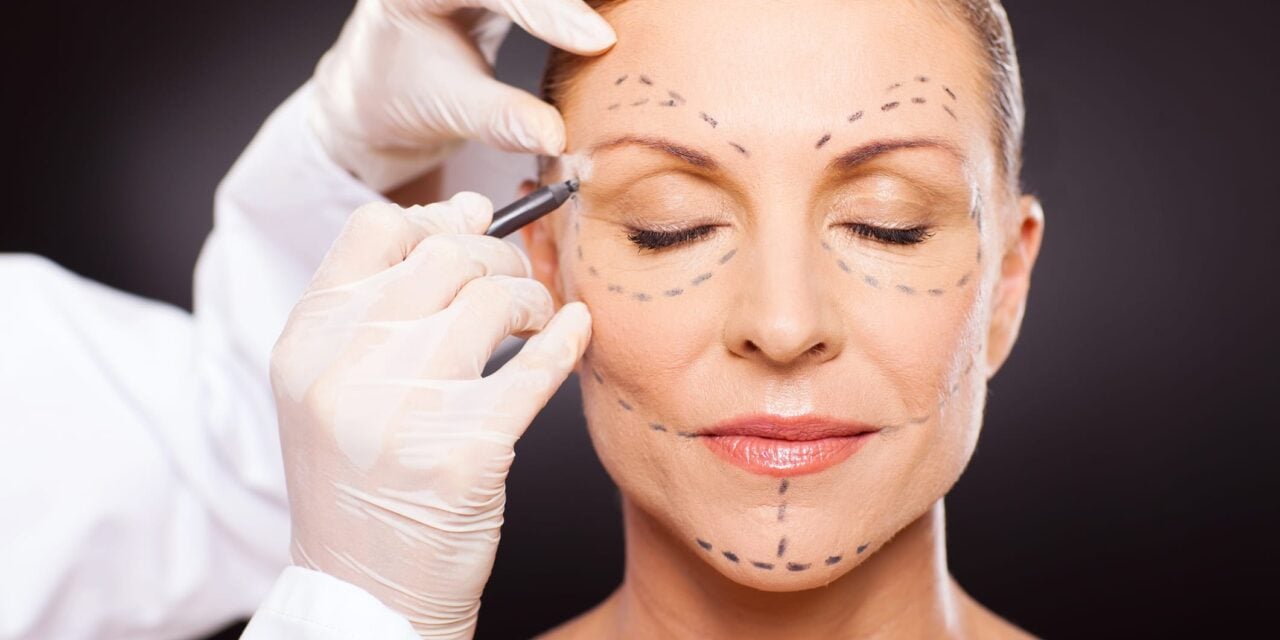A series of ads for Brazilian butt lifts (BBL) on social media platforms like Instagram and Facebook were recently banned by the UK’s Advertising Standards Authority (ASA). These ads were found to be misleading and irresponsible, often downplaying serious health risks and pressuring consumers with time-limited offers.
This move highlights growing concerns over how cosmetic surgery is marketed online and the safety of BBL procedures. But BBLs are not the only cosmetic surgeries under scrutiny.
Liposuction has a high rate of post-operative complications, and even non-surgical procedures like lip fillers and liquid BBLs have raised health concerns among experts.
According to recent data from the British Association of Aesthetic Plastic Surgeons (BAAPS), there were 27,462 cosmetic procedures performed in 2024 – a 5% rise from 2023. More than nine out of ten (93.5%) of these procedures were performed on women.
Body contouring – including liposuction, abdominoplasty and thigh lifts – are the most popular surgeries, while facial rejuvenation procedures, particularly face and neck lifts, brow lifts and eyelid surgery have all increased in popularity since 2023.
Risk Factors
Many of these popular procedures are also among the riskiest. Body contouring surgeries like liposuction, tummy tucks and fat grafting, for example, are major operations that typically take hours and involve general anesthesia.
And the aesthetic outcomes are not always as expected either. Fat removal can sometimes lead to uneven body contours, lumps, or skin irregularities, which may worsen as the body continues to age.
All surgeries carry risks, but complications from cosmetic procedures are often downplayed or misunderstood. These risks can manifest immediately after surgery or even weeks later, ranging from minor issues like infection and scarring to life-threatening conditions such as blood clots or organ failure.
One of the most dangerous risks is pulmonary embolism, which occurs when a blood clot travels to the lungs. In the US, around 18,000 cases of venous thromboembolism (VTE) occur annually among plastic surgery patients, with about 10% resulting in death within just one hour of symptoms appearing.
This already serious threat has become even more pressing in the post-COVID era, as VTE cases are rising. COVID is known to increase the body’s tendency to form blood clots – even in those with mild or no symptoms.
These lingering effects can persist for weeks or months and, when combined with the usual surgical risks like immobility, tissue trauma and inflammation, they significantly increase the likelihood of a life-threatening event like a pulmonary embolism. As a result, people undergoing plastic surgery today may face a higher baseline risk than before the pandemic.
Fat embolism is another potentially deadly complication, often associated with procedures like liposuction or BBLs. This occurs when fat particles enter the bloodstream and travel to vital organs, leading to serious medical emergencies.
After surgery, some patients may wake up disoriented, confused, or with lingering neurological symptoms – signs of a serious medical emergency. Fat embolism can have immediate, life-threatening effects and, in severe cases, can cause permanent brain damage, organ failure, or sudden death.
Procedures like rhinoplasty (nose reshaping) or breast augmentation can come with relatively high rates of dissatisfaction. Implants, in particular, can cause issues like rupture, deflation, capsular contracture (hardening around the implant), or asymmetry. There is also some concern about a rare form of cancer – breast implant-associated anaplastic large cell lymphoma (BIA-ALCL) – linked to certain types of implants.
Even if surgery doesn’t result in major complications, many patients still walk away unhappy. A common issue is that procedures don’t account for how the body continues to age. A facelift or tummy tuck might look great initially, but the natural ageing process can quickly undo or distort those results.
The problem is that many cosmetic procedures fail to account for the inevitable changes our bodies undergo with age. Our bodies change over time – skin loses elasticity, fat distribution shifts and trends evolve. What feels like a good decision in your 20s might look very different in your 40s.
Non-surgical Treatments
One of the most troubling issues in the cosmetic industry is the lack of consistent regulation. This is particularly true for non-surgical treatments, where injectable products can be administered by anyone, from trained doctors to self-taught beauty influencers. Cosmetic tourism adds another layer of complexity. Many people travel abroad for cheaper procedures, only to face complications once they return home – with limited recourse or support.
Non-surgical treatments like dermal fillers and Botox have become increasingly popular due to their quick results and minimal downtime. However, they are not without risk.
Modern fillers like hyaluronic acid are generally safer than older materials such as silicone. They’re less likely to cause issues like granulomas – as long as they don’t become infected – and they can even be reversed if needed. However, when injected incorrectly, especially into a blood vessel, fillers can cause serious complications like tissue death, permanent scarring, or even blindness.
Botox injections also carry risks, including muscle paralysis, nerve damage, and uneven facial results – particularly when performed by unqualified practitioners.
Before undergoing any cosmetic procedure – whether surgical or non-surgical – it’s essential to research a qualified practitioner, understand the risks and set realistic expectations.
Cosmetic surgery can be empowering for many people, helping them feel more confident in their own skin. But the decision to alter your appearance permanently should never be taken lightly. Behind the glamour and glossy Instagram stories lies a more serious picture – one where the risks are real and the consequences, sometimes irreversible.
James D. Frame, Professor of Aesthetic Plastic Surgery, Anglia Ruskin University
This article is republished from The Conversation under a Creative Commons license. Read the original article.
ID 29801786 © Hongqi Zhang (aka Michael Zhang) | Dreamstime.com



